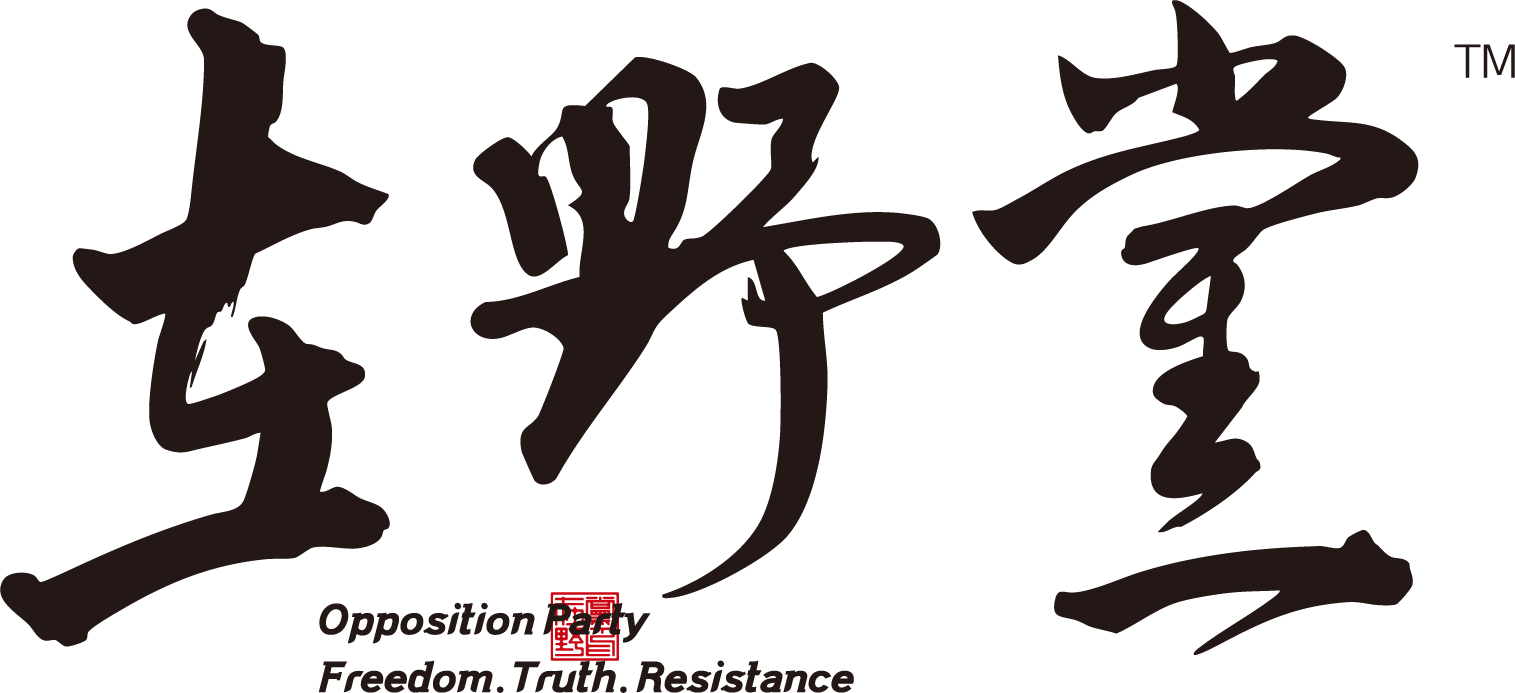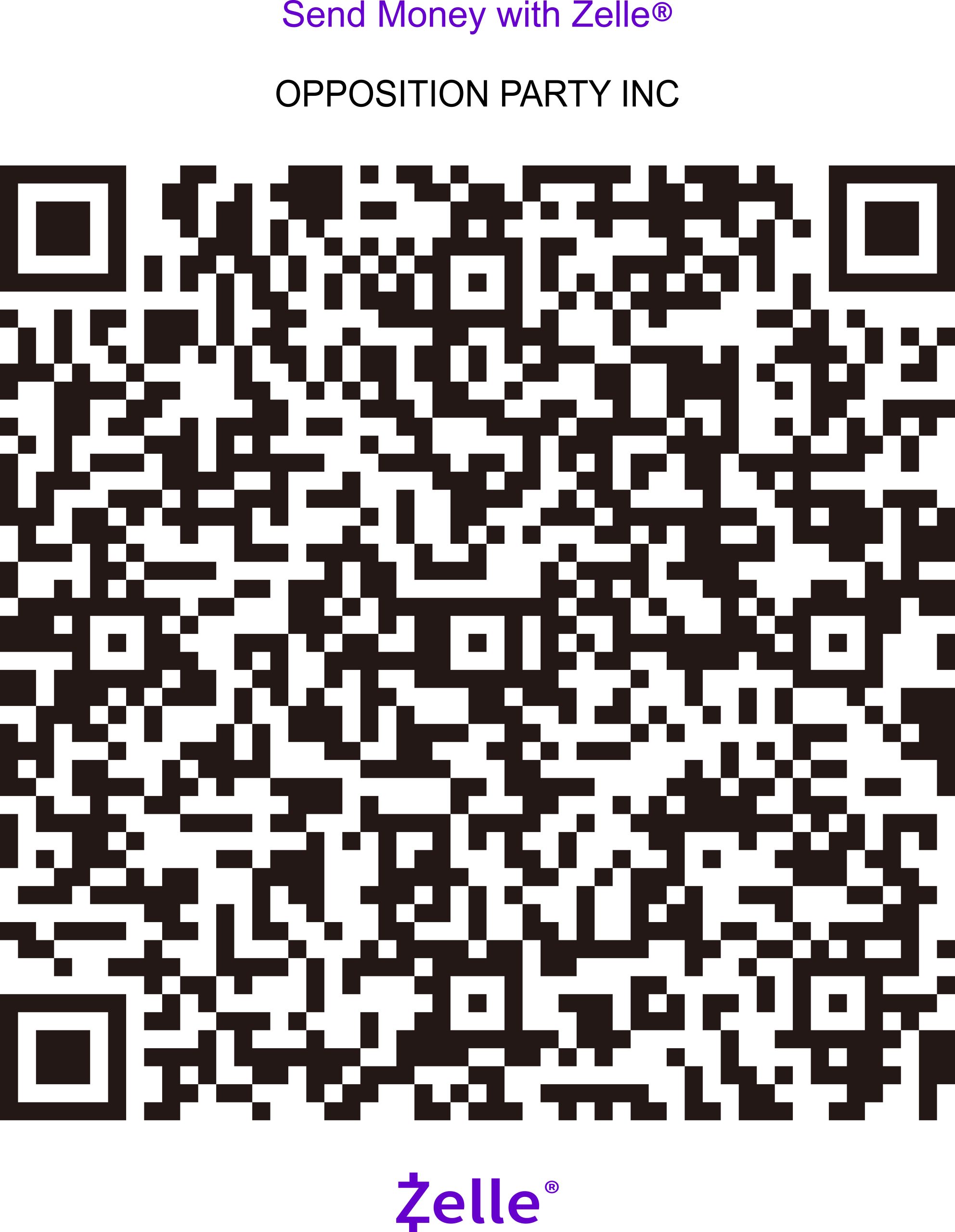作者:陀先润
编辑:周志刚 责任编辑 胡丽莉
我们这一代三十八九岁的人,大多是在“增长神话”和KPI语言里长大的,习惯了用经济学的曲线解释一切转弯。可要读懂过去四十多年,你得先把顺序摆正:先开放,后改革;开放向外,改革向内。开放是外交筹码,用来换技术、换市场、换时间;改革是统治修复,用来把秩序收回来、把资源再分配的阀门握紧。经济只是扳手,不是方向盘。权力才是那只不会放手的手。
很多人相信“经济危机逼出来改革”。这话好听,也最能安慰市场派的自尊:只要增长下滑,政策就会转向。但回头看,恰恰相反。六七十年代对外“开放”的起点,不是慈悲,也不是市场共识,而是安全焦虑。中苏翻脸、边境压顶,才有了对美和解与引资的窗口。开放不是为了老百姓口袋鼓一点,而是为了把国家机器的短板补起来,把卡脖子的装备补齐,把时间赢到自己一边。“改革”也并非要动根基。真正被触碰的,始终是非命脉地带:能放给市场的就放一点,放出来再随时回收;不能放的——军工、能源、金融枢纽、信息阀门——一寸不让。八十年代那套“双轨制”把计划与市场绑在一起跑,结果不是自动到站,而是一路颠簸,1988年价格闯关差点把经济掀翻。你可以说那是“改革成本”,但它更像一次内部压力测试:放到哪一步会触发系统性不稳,触发就回头。经济在这里不是目标,而是表。表针抖得太厉害,就拧回去。九十年代的“外向型理性”同样如此。每年和美国谈最惠国待遇,谈的是时间与空间——用人情、用姿态、用有限释放换一个年度通行证。直到加入世贸组织,才把筹码一次性推了上去。很多人把入世解读成“倒逼国内改革”,可真实的执行逻辑是:先拿到十五年的高速发展窗口,至于承诺,能拖则拖,能打补丁就打补丁。开放从来是单向的:要你的技术、要你的订单、要你的资本,但我的壁垒、我的口岸、我的红线,仍然归我。
2008 年之后的剧本更直白。四万亿不是去托举现金流断裂的民营外贸,而是去喂养“看得见”的铁公鸡与大国企。民营像孵化器,不停下蛋;国企像保温箱,把能量集中到可控处。理由很简单:当经济与稳权发生冲突,先稳权。一个路灯公司的电源都不能完全市场化,因为“断电”的按钮象征着政治风险。金融与数据更不用说,连“谁能发声、怎么发声”都要纳管。边界不是写在法条里,而是写在“风险叙事”里——凡是可被解读为组织风险的,都不属于市场。这就是为什么,每当民间资本试图自我组织、试图建制度、试图把“企业家共同体”变成公共议题时,红灯就会亮。不是你做得不够好,而是你做得太像制度要件。大学、基金会、行业自治、跨区域的职业资格——凡是能产生独立秩序的东西,都会被归类为“可疑的权力替代”。这不是经济学问题,是政治学问题:秩序来源必须唯一。把这条主线放回历史坐标,你就不再指望“危机推动善意拐点”。危机只会推动两种动作:一是对外更激进的讨价还价,争取喘息;二是对内更坚决的结构回收,确保关键阀门不在别人手里。市场与法治只有在不威胁阀门时才会得到扩容,一旦触线,就缩回去。所谓“中国式现代化”,核心机制就是“可增长的边界”:边界在,增长就存在;边界被触动,增长就让路。这并不意味着增长不重要。恰恰相反,增长是合法性叙事的底座,是“绩效政治”的KPI。投资、地价、出口、产业迭代,这些指标变成了“统治会计”的科目表。你能在表上交出成绩,就能在政治上换来安全。但当“绩效”和“安全”发生冲突,选择题没有悬念。于是我们看到“先放后收”的循环:放,是为了把经济这匹马拉起来;收,是为了确保缰绳在手。对我们这代人而言,真正需要更新的认知是:不要用经济逻辑套政治抉择。你可以用现金流模型估企业,用需求曲线看行业,但不要用它来预测“何时转向”。转向从来不是由GDP 的同比数决定的,而是由“风险感知”的温度计决定的。今天的外部压力会带来一些短期的姿态调整、一些技术型的“开放修辞”,但这不代表边界被重写。边界的书写者只认一条:政权安全。
那么,我们是不是在走一条熟悉的老路?如果“老路”指的是“以安全为纲、以经济为器、以开放求时、以改革修政”的路径,那么答案八九不离十。不同的是,外部世界更复杂,国内结构更庞大;相同的是,方向盘握在同一只手上。看懂这点,才知道该把哪些期待放低、哪些行动提速:做生意要看边界,做公共议题要看风险叙事;与其把希望交给“转向”,不如把准备交给“常态”。这不是犬儒,是成年人的清醒。我们这一代人,至少要把清醒当作基本素养。
The upper limit of reform and the lower limit of opening up
Author: Tuo Xianrun
Editor: Zhou Zhigang Responsible Editor Hu Lili
Abstract: The path of China’s “reform and opening up” for more than 40 years is “opening up first, reform later”. The economy has always served power; the crisis is not driving institutional breakthroughs, but external bargaining and internal tightening. The core logic is growth is important, but the security of the regime is a priority.
Most of our generation of thirty-eight-nine-year-olds grew up in the “growth myth” and KPI language and are used to explaining all the turns with the curve of economics. But to understand the past 40 years, you must first correct the order: first open up, then reform; open outward, reform inward. Opening up is a diplomatic chip, which is used to change technology, market and time; reform is the repair of rule, which is used to bring back order and redistribute resources. Economy is just a wrench, not a steering wheel. Power is the hand that won’t let go.
Many people believe that “the economic crisis has forced reform”. This is nice to hear, and it can also comfort the self-esteem of the market faction: as long as the growth declines, the policy will turn around. But looking back, it’s just the opposite. The starting point of “opening up” to the outside world in the 1960s and 1970s was not compassion or market consensus, but security anxiety. Only by turning the face of China and the Soviet Union and pressing the border to the top, there is a window for reconciliation with the United States and attracting investment. Opening up is not to make up the pockets of the common people, but to make up for the shortcomings of the national machinery, make up for the equipment of the stuck neck, and win time on your side. “Reform” does not need to be rooted. What is really touched is always the non-lifeblood zone: if you can release it to the market, put a little, release it and recycle it at any time; what can’t be released – military industry, energy, financial hub, information valve – don’t give up an inch. The “dual-track system” in the 1980s tied the plan to the market. The result was not automatic arrival but bumps all the way. In 1988, the price breakthrough almost overturned the economy. You can say that it is the “cost of reform”, but it is more like an internal stress test: whichever step it is put, it will trigger systemic instability, and if it is triggered, it will turn back. The economy here is not a goal, but a table. The needle of the watch shook too much, so I screwed it back. The same is true for the “extroverted rationality” in the 1990s. Every year, we talk about most-favored-nation treatment with the United States, which is about time and space – using kindness, posture, and limited release in exchange for an annual pass. It was not until he joined the WTO that the chips were pushed up at once. Many people interpret the accession to the WK as “reverse domestic reform”, but the real implementation logic is getting the 15-year window of high-speed development first, as for the promise, drag it if you can, and patch it if you can patch it. Opening up has always been one-way: I want your technology, I want your order, I want your capital, but my barriers, my port, my red line, still belong to me.
The script after 2008 is more straightforward. Four trillion yuan is not to support private foreign trade with broken cash flow, but to feed the “visible” iron rooster and large enterprises. Private enterprises are like incubators, which do not stop laying eggs; state-owned enterprises are like incubators, concentrating energy in a controllable place. The reason is very simple: when there is a conflict between the economy and stability, the power should be stabilized first. The power supply of a streetlamp company cannot be fully marketize, because the “power off” button symbolizes political risk. Not to mention finance and data, even “who can speak out and how to speak out” needs to be managed. The boundary is not written in the law, but in the “risk narrative” – anything that can be interpreted as organizational risk does not belong to the market. That’s why whenever private capital tries to self-organize, tries to build a system, and tries to turn the “entrepreneur community” into a public issue, the red light will come on. It’s not that you don’t do it well enough, but that you do it too much like the institutional requirements. Universities, foundations, industry autonomy, and cross-regional professional qualifications – anything that can produce an independent order will be classified as “suspicious power substitution”. This is not a problem of economics, but a problem of political science: the source of order must be unique. Put this main line back to the historical coordinates, and you will no longer expect “the crisis drives the inflection point of goodwill”. The crisis will only promote two actions: one is to bargain more radically externally to fight for respite; the other is to make more resolute structural recovery internally to ensure that key valves are not in the hands of others. The market and the rule of law will only be expanded when it does not threaten the valve. Once it touches the line, it will be retracted. The core mechanism of the so-called “Chinese-style modernization” is the “border of growth”: when the boundary is there, growth exists; when the boundary is touched, growth gives way. This does not mean that growth is not important. On the contrary, growth is the basis of the narrative of legitimacy and the KPI of “performance politics”. Investment, land prices, exports, industrial iteration, these indicators have become the account list of “dominant accounting”. If you can hand in your grades on the table, you can get security in politics. But when “performance” and “safety” conflict, there is no suspense in multiple-choice questions. So, we see the cycle of “release first and then collect”: release is to bring up the economy; collect is to ensure that the reins are in hand.
For our generation, the real understanding that needs to be updated is don’t use economic logic to make political choices. You can use the cash flow model to estimate the enterprise and the demand curve to look at the industry, but do not use it to predict “when to turn”. The shift is never determined by the ratio of GDP, but by the thermometer of “risk perception”. Today’s external pressure will bring some short-term posture adjustments and some technical “open rhetoric”, but this does not mean that the boundaries have been rewritten. The writer of the boundary only recognizes one: The security of the regime.
So, are we walking a familiar old road? If the “old road” refers to the path of “security as the platform, economy as the tool, openness to seek the time, and reform and government”, then the answer is eight or nine. The difference is that the outside world is more complex, and the domestic structure is larger; the same thing is that the steering wheel is held in the same hand. Only by understanding this point can we know which expectations should be lowered and which actions should be accelerated: doing business should look at boundaries, and doing public issues should look at risk narrative; instead of giving hope to “turning”, it’s better toLeave the preparation to “normal”. This is not cynicism, but the sobriety of adults. Our generation should at least regard sobriety as a basic literacy.

张致君中共的十字架人质战略-rId7-720X1032.jpeg?w=218&resize=218,150&ssl=1)


张宇-rId7-1266X950.png?w=218&resize=218,150&ssl=1)
赵雪峰-rId5-1050X862.jpeg?w=218&resize=218,150&ssl=1)
张宇-rId6-1252X934.png?w=218&resize=218,150&ssl=1)


张宇-rId7-1218X959.jpeg?w=100&resize=100,70&ssl=1)
张致君中共的十字架人质战略-rId7-720X1032.jpeg?w=100&resize=100,70&ssl=1)